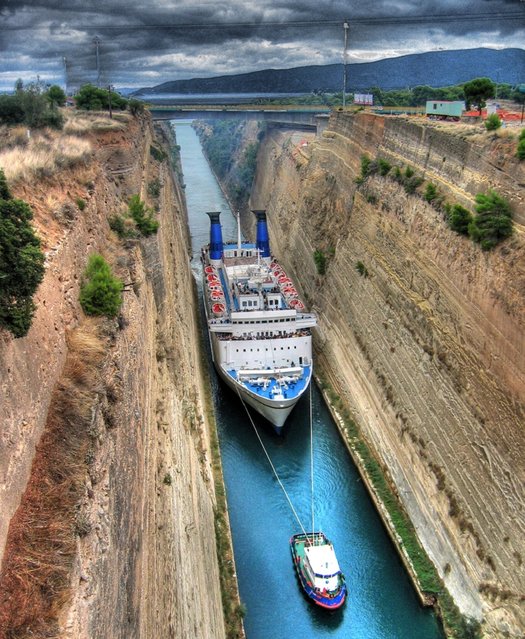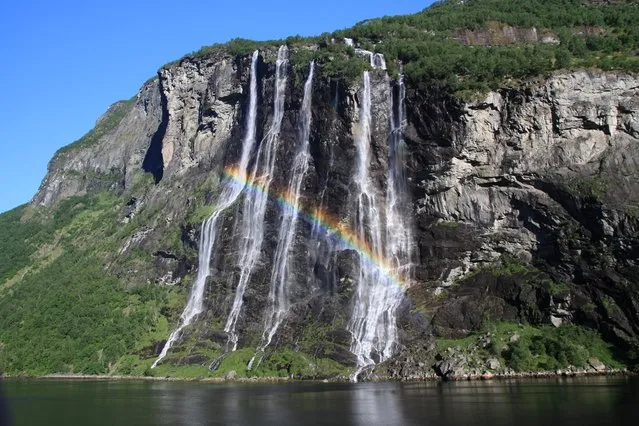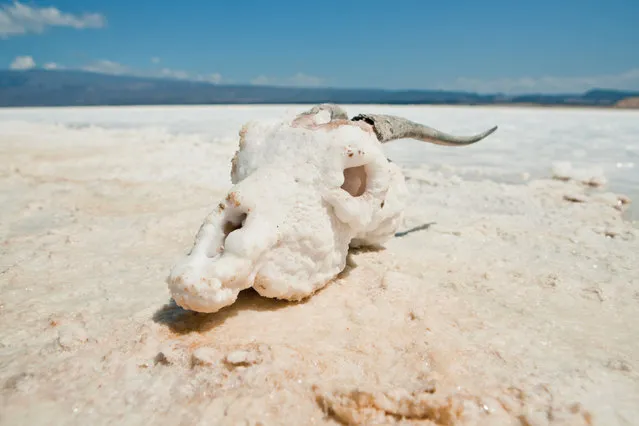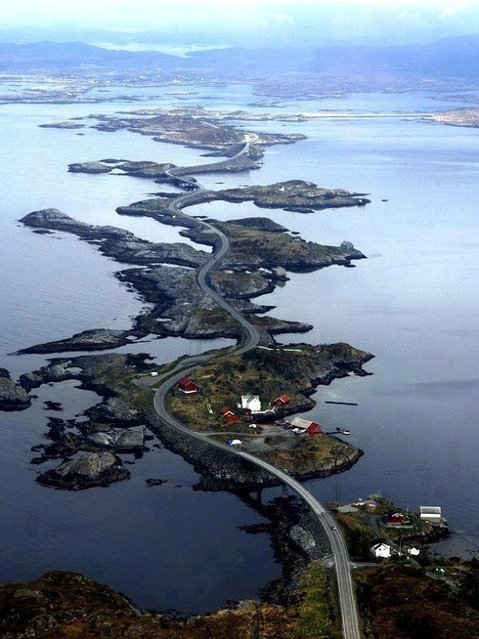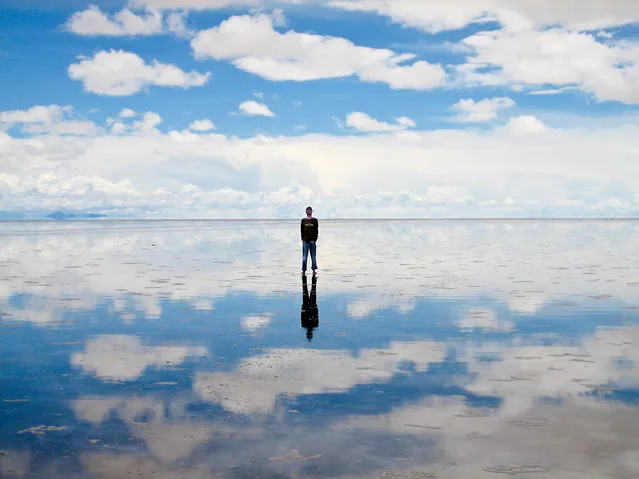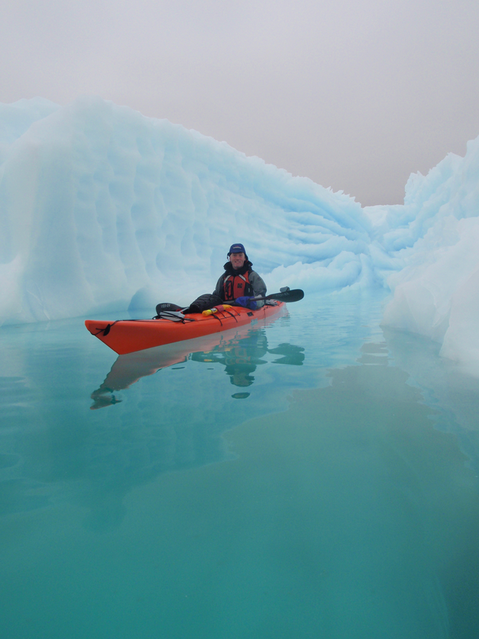
“Mount Hua, or Hua Shan, or Xiyue located near the city of Huayin in Shaanxi province, about 120 kilometres (75 mi) east of Xi'an. It is one of China's Five Great Mountains, and has a long history of religious significance. Originally classified as having three peaks, in modern times the mountain is classified as five main peaks, of which the highest is the South Peak at 2,154.9 metres (7,070 ft)”. – Wikipedia
Photo: Trip to Xi'an 西安. (Photo by Grant Robinson)
Photo: Trip to Xi'an 西安. (Photo by Grant Robinson)
11 Nov 2012 11:39:00,post received
0 comments

